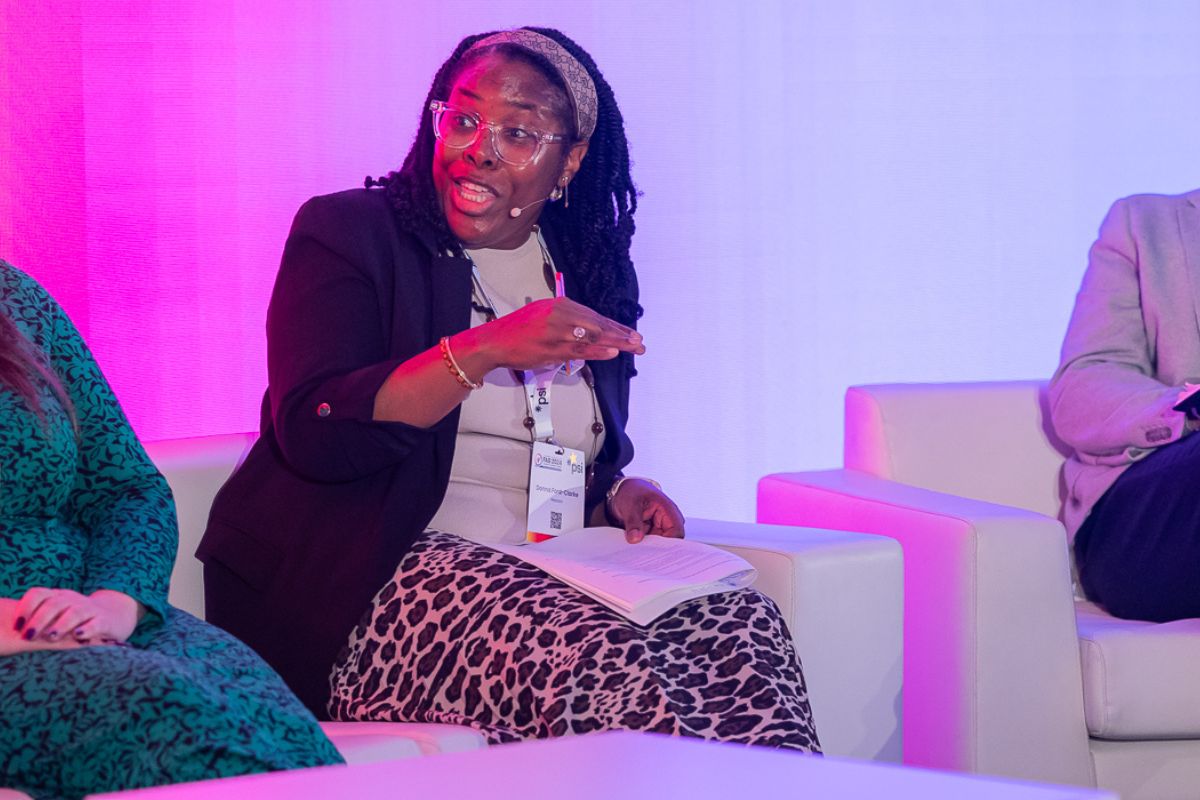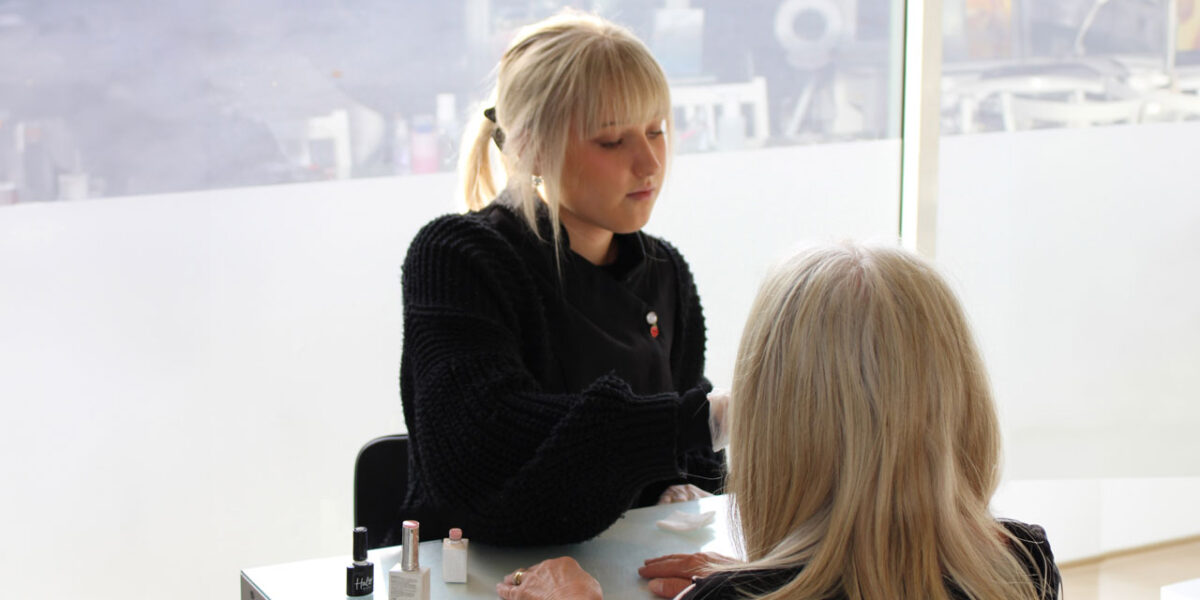One Third of Students Worldwide Don’t Exercise at School
More than a third of students (37%) worldwide don’t exercise at school, according to new research by Cambridge International. What’s more, girls are less likely than boys to play sport at school, with two in five female students (41%) saying they don’t take part in school sports, versus 28% of male students.
The first ever Global Education Census by leading international education organisation Cambridge International aimed to find out what life is like in schools around the world today for students aged 12-19 and their teachers.
One of the most shocking findings of the report is that one in three school pupils around the world does no exercise at school. This is despite growing concern by leading global health experts that childhood obesity and unhealthy lifestyles are on the rise.
Obesity has nearly tripled since 1975, according to the World Health Organization (WHO), with childhood obesity becoming ‘one of the most serious public health challenges of the 21st century’. It says young people should do at least 60 minutes of exercise a day. Yet, the Global Education Census found more than half (53%) of young people do less than two hours of exercise a week at school.
Michael O’Sullivan, Chief Executive at Cambridge International, said: “We recognise the pressure on schools to focus on academic subjects, but taking part in healthy and collaborative activities like sport has wide-reaching benefits for students, including classroom benefits, like improving concentration so students can learn more.”
“Exercise doesn’t have to be limited to sport. Other subjects, such as drama or dance, can also encourage students to get active and learn away from their desks. School leaders are experts in helping all of their students get ready for the world, which is why we designed flexibility into our Cambridge Pathway, so schools can meet a wide range of students’ needs.”
The 2018 Census looked at other aspects of modern education including students’ favourite subjects, extracurricular activities offered by schools, homework and how schools celebrate success. Key findings include:
• Technology in the classroom: Two out of five students (42%) now use their smartphones as educational aids in lessons. Traditional tools still have their place in education, however – half of students (48%) use a desktop computer during lessons and more than a third (35%) say blackboards are still used in their classroom.
• Teacher motivations: Seven in 10 teachers say teaching is a rewarding career, and almost the same number (67%) say they like working with young people. Argentina has the highest proportion of teachers who say it’s a rewarding career (79%), despite also being the country with the lowest proportion of teachers who felt they are well paid (2%).
• Private tuition: 43% of students seek extra support outside of the classroom to help improve their learning. This is most popular in some Asian countries, for example in India and China where 55% and 57% of students receive additional tutoring outside of school. Maths is the most common subject that students seek extra support with.
• Measuring success: Seven in 10 teachers (68%) say they measure their own professional performance based on the exam results their students achieve. As well as this, 37% say they the proportion of their students who go into higher education is a marker of their own success. Just 15% see the proportion of students going into employment as a measure of their own professional performance.
• University aspirations: Nine in 10 students (91%) plan to continue their studies at university after finishing school, demonstrating the passion for learning amongst global students today. However, according to research from The Economist, just 32% of the student-age population were enrolled in further education in the two decades to 2012. This shows that while there are high aspirations to keep learning beyond school, there are barriers to attending university for many young people.











Responses